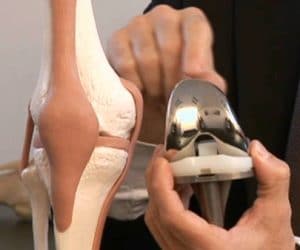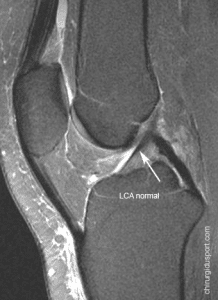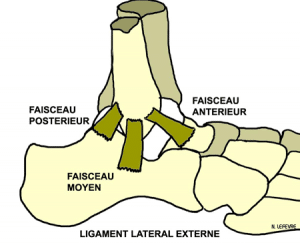Theoretical advantages and benefits expected
The first benefit is to preserve the muscles and tendons around the hip. This path first passes between the different muscles of the surface to the depth without any section. This is a minimally invasive way (Figure 1). This is what explains the low postoperative pain, less risk of hematoma and rapid functional recovery. We can walk with crutches 2 the day after the operation in general and the hospital stay is very short 5-day average. The recovery is done at home with physical therapy.In contrast, by postero lateral approach must severing tendons of the hip external rotation (Figure 3 and 4). Likewise, externally by trochanterotomy, one must cut the bone to achieve the hip joint (Figure 5).
The second benefit is the low risk of dislocation. In fact, the posterior approach is deemed more risky because there ell section of pelvic muscles and tendons trochanteric and there are post-operative recommendations to be observed during the first weeks. For the anterior approach, there are no specific recommendations. Note that the minimally invasive posterior approach techniques also gives excellent postoperative functional recovery and low risk of dislocation.
The third benefit is a small scar, which depends on the patient’s size (Figure 2). Please note that the implantation of a prosthesis is a long-term stake in a major joint, size of scar n ‘ is an argument of the quality of the prosthetic.
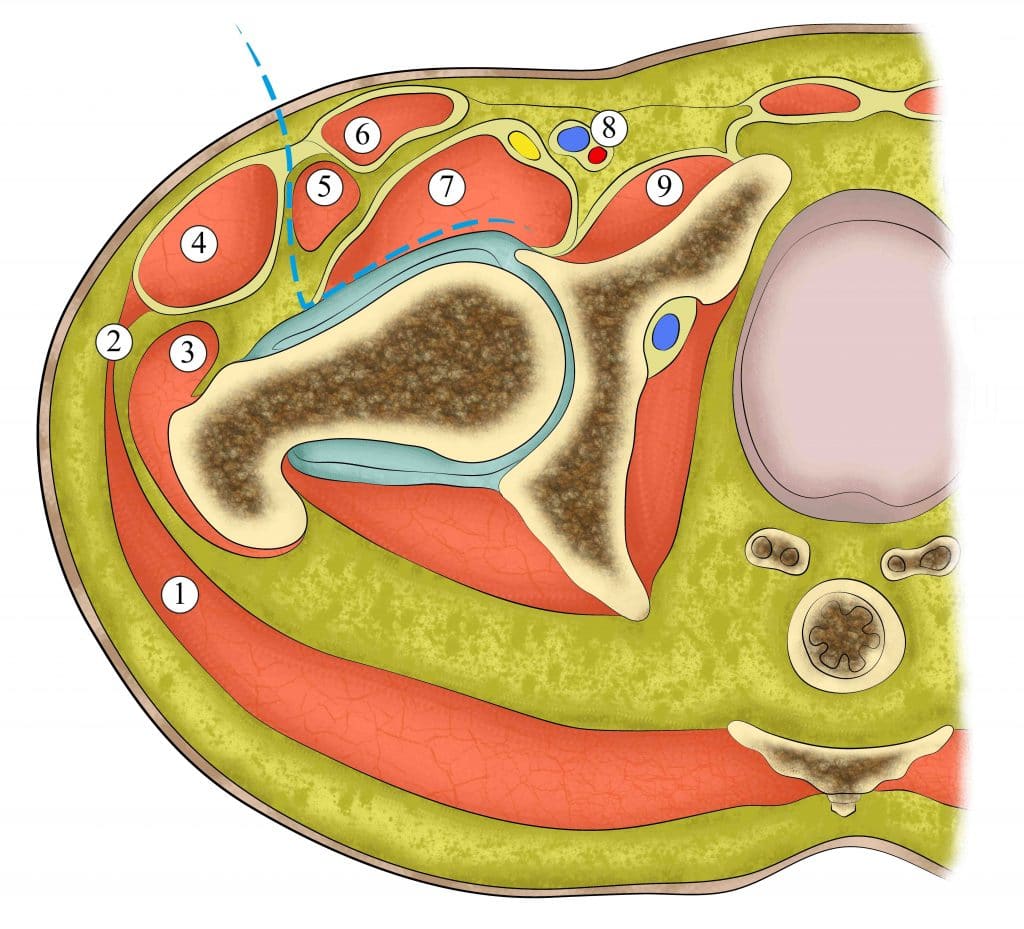
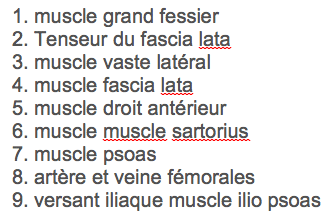
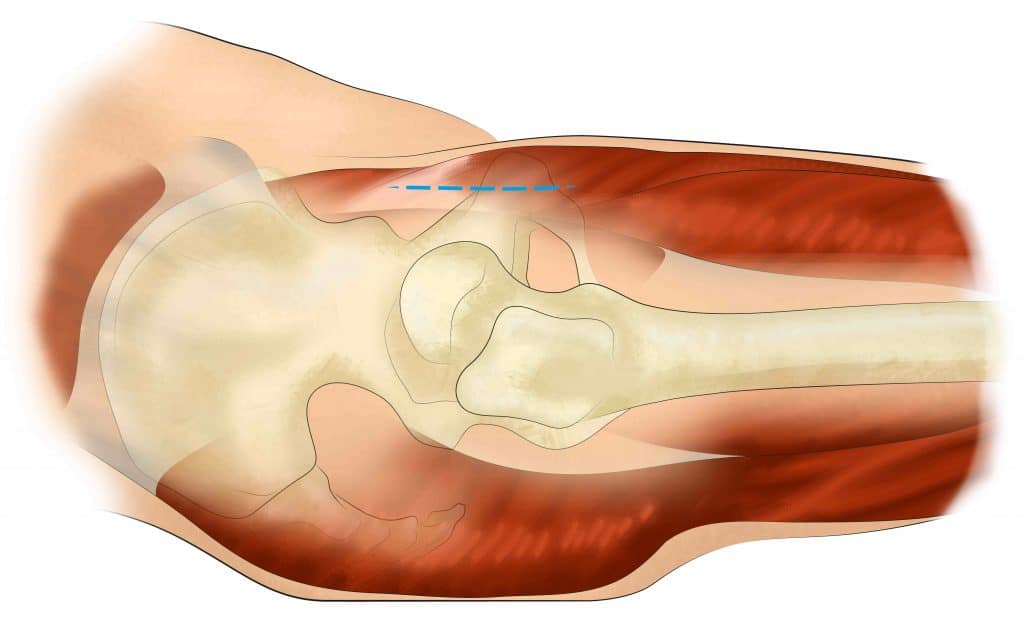
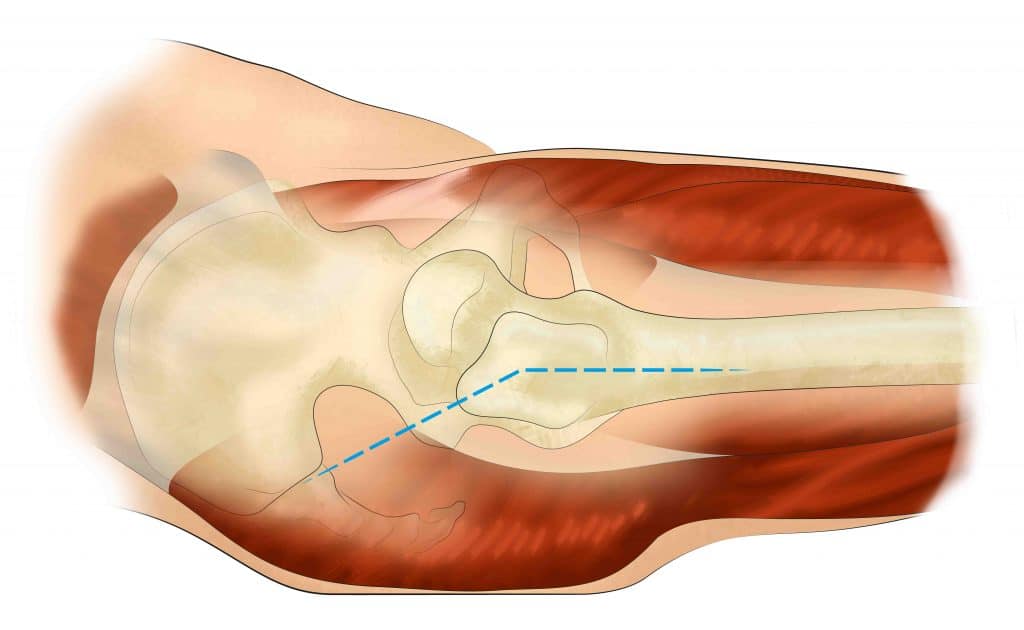
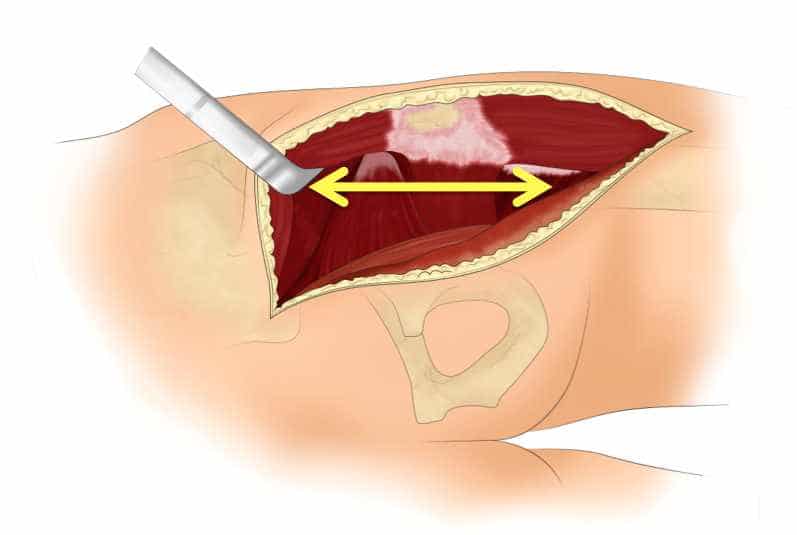
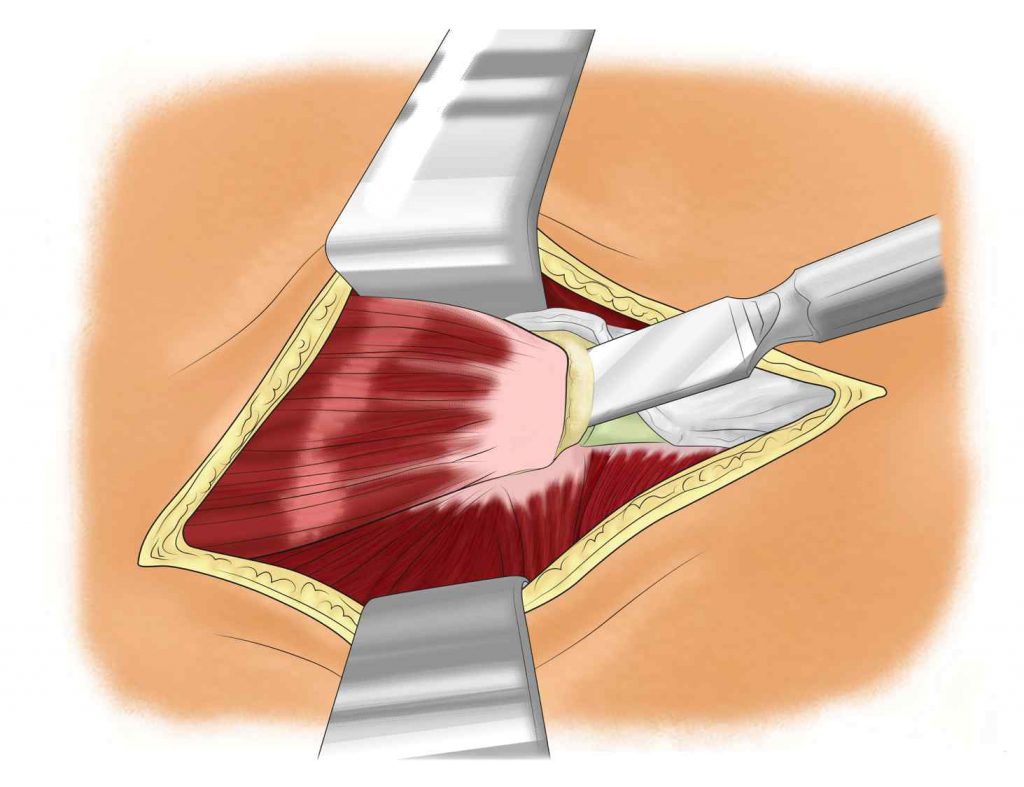
Doctor Yoann BOHU, Doctor Serge HERMAN. – 1 décembre 2013.

